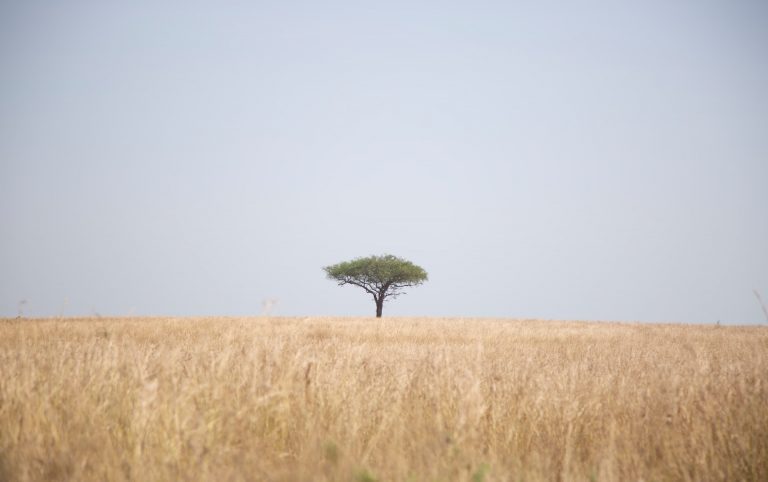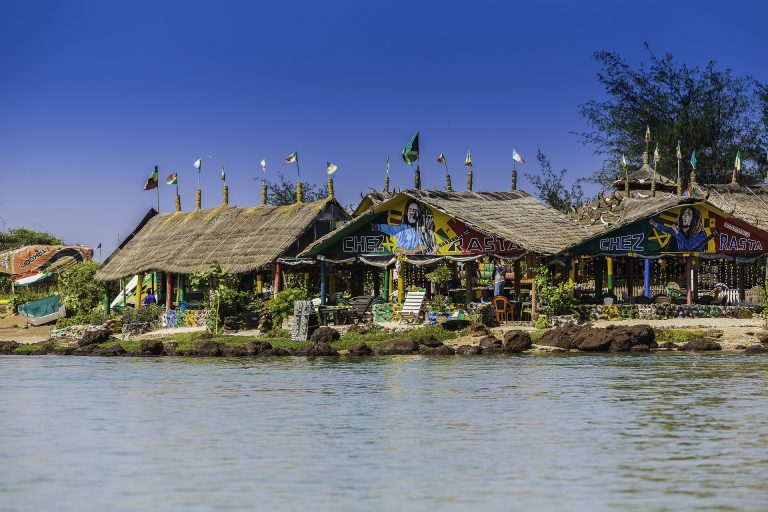Exploring the Marvels of MADAGASCAR: Your Madagascar Travel Guide

Welcome to a captivating journey through Madagascar! From lush rainforests and unique wildlife to charming villages and bustling markets, our comprehensive Madagascar travel guide is your key to experiencing the wonders of Madagascar. Whether you’re an adventure seeker, a nature lover, or a culture enthusiast, this guide will provide you with essential insights to make your trip an unforgettable exploration.
Fast Facts About Madagascar
- Climate: Madagascar boasts a diverse climate due to its vast size, ranging from tropical to arid. Coastal regions enjoy a tropical climate, while the central highlands have a cooler climate. The rainy season typically spans from November to April.
- Local Currency: The official currency is the Malagasy Ariary (MGA). It’s recommended to have local currency for rural areas, but major cities often accept credit cards.
- Power Voltage: The standard voltage is 220V with Type C, E, and J outlets. It’s advisable to bring a universal adapter for your electronic devices.
- Language: Malagasy and French are the official languages, but English is also spoken in tourist areas.
- Religion: The majority practices traditional Malagasy beliefs alongside Christianity, with influences from ancestral worship.
- Safety: Madagascar is generally safe, but it’s wise to take precautions against petty theft and to be aware of your surroundings.
- Cultural Etiquette: Locals value modesty and respect. It’s courteous to ask for permission before taking photos of people.
- Tipping: Tipping isn’t mandatory, but it’s appreciated in restaurants and for services like guides and drivers.
Best Time to Visit Madagascar: Seasons and Festivals
- Dry Season (April to October): This is the peak tourist season with pleasant weather, making it ideal for outdoor activities and wildlife watching. The famous Avenue of the Baobabs is particularly stunning during this time.
- Rainy Season (November to April): While the rainforests are lush and vibrant, some roads can become inaccessible due to heavy rainfall. However, this season is great for birdwatching and newborn wildlife.
- Festivals: The Donia Festival in May celebrates Malagasy culture with music, dance, and traditional sports. The Famadihana, a “turning of the bones” ceremony, is held in July or August to honor ancestors. The “Independence Day” festivities on June 26th showcase patriotic spirit.
Top Attractions and Things to See and Do in Madagascar
- Avenue of the Baobabs: Witness the iconic row of ancient baobab trees, standing majestically against the landscape. It’s a photographer’s dream and a must-see at sunset.
- Tsingy de Bemaraha National Park: Explore the otherworldly limestone formations, known as “Tsingy,” and trek through suspension bridges to experience this UNESCO World Heritage site.
- Andasibe-Mantadia National Park: Immerse yourself in lush rainforests, home to the indri, the world’s largest lemur species. Listen to their haunting calls and discover diverse flora and fauna.
- Nosy Be: Bask in the beauty of this paradise island with white-sand beaches and turquoise waters. Snorkel, dive, or simply unwind amidst stunning coral reefs.
- Alembe Nomad Camp: Experience a unique cultural stay with the traditional Bara tribe. Engage in daily activities, from cattle herding to building huts, and gain insights into their way of life.
The Best Ways To Get Around Madagascar
- Domestic Flights: Air travel is efficient for covering long distances between major cities and tourist hubs. Air Madagascar and other airlines offer regular flights.
- Taxis-Brousses: These shared minibuses are the local mode of transportation, connecting towns and villages. While economical, they can be crowded and require flexibility in scheduling.
- Rental Cars: Renting a car is ideal for exploring at your own pace. Major cities offer rental services, but roads in remote areas might be challenging.
- Ferries and Boats: If you’re island-hopping, ferries and boats are common for inter-island travel. They offer a chance to enjoy the Ocean’s beauty.
- Local Guides: For exploring national parks and nature reserves, hiring local guides is recommended. They enhance your experience with their expertise and insights.
Accommodation Tips: Madagascar
- Eco-Lodges: Embrace sustainable travel by staying in eco-lodges that blend seamlessly with the natural surroundings. These lodges often offer unique experiences and support local communities.
- Guesthouses: Experience the warmth of Malagasy hospitality by staying in guesthouses run by locals. You’ll have a chance to connect with the culture and get insider tips.
- Resorts and Hotels: Coastal areas and major cities offer a range of resorts and hotels, catering to different budgets. Research options that align with your preferences and travel style.
- Camping: If you’re an adventure enthusiast, consider camping in designated areas. Camping allows you to immerse yourself in nature and appreciate Madagascar’s wild beauty.
- Homestays: Immerse yourself in local life by staying with a Malagasy family. This is a fantastic way to learn about traditions, cuisine, and daily routines.
Madagascar Travel Guide: Money-Saving Tips
- Free Attractions: Explore the free attractions like the Avenue of the Baobabs and local markets. These experiences offer insights into the culture without breaking the bank.
- Local Eateries: Enjoy delicious and affordable Malagasy cuisine at local eateries and food stalls. Try staples like rice and “vary amin’anana,” a dish made with rice and greens.
- Public Transport: Opt for taxis-brousses and local buses to save on transportation costs. While it might be less comfortable, it’s a budget-friendly option.
- Buy from Markets: Purchase souvenirs and handicrafts from local markets where you can bargain for better prices. This also supports local artisans and communities.
- Volunteer Opportunities: Consider volunteering with conservation projects or local organizations. In exchange for your time, you might receive accommodation and meals.
Culinary Delights and Traditional Cuisine in Madagascar
- Ravitoto: This dish features shredded cassava leaves cooked with peanuts, meat, and sometimes spices. It’s a flavorful and filling Malagasy staple.
- Romazava: A traditional stew made with leafy greens, beef or pork, and other vegetables. It’s a comfort food enjoyed by locals.
- Koba: Satisfy your sweet tooth with koba, a dessert made from ground peanuts, rice flour, and banana leaves. It’s a popular snack.
- Seafood: Given Madagascar’s coastal location, seafood is abundant. Try grilled fish, shrimp, and crab for a taste of the ocean.
- Rum and Coconut Water: Enjoy the locally produced rum and coconut water. This refreshing combination is a popular beverage in Madagascar.
Souvenir Ideas: Bringing a Piece of Madagascar Home
- Handicrafts: Bring home unique handicrafts like woven baskets, wood carvings, and textiles. These items showcase the artistic talents of local artisans.
- Gemstones and Jewelry: Madagascar is known for its gemstones. Consider purchasing sapphires, rubies, or other precious stones, or choose locally crafted jewelry.
- Vanilla: Madagascar produces some of the world’s finest vanilla. Purchase vanilla pods or extracts to add a touch of Malagasy flavor to your cooking.
- Malagasy Music: Pick up traditional Malagasy music albums or instruments as souvenirs. They’ll remind you of the lively culture and rhythms of the island.
- Photography: Capture the stunning landscapes, wildlife, and culture through your own photography. This souvenir will always remind you of your Madagascar journey.
Additionally, check out our articles about 2023 top travel destinations in the world, and the best holiday destinations in 2024.






